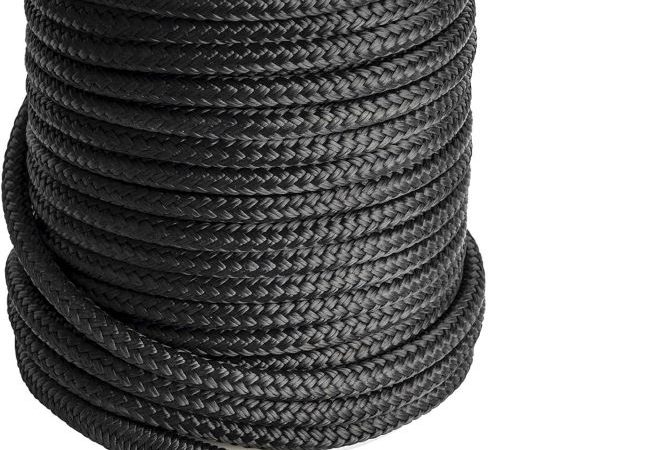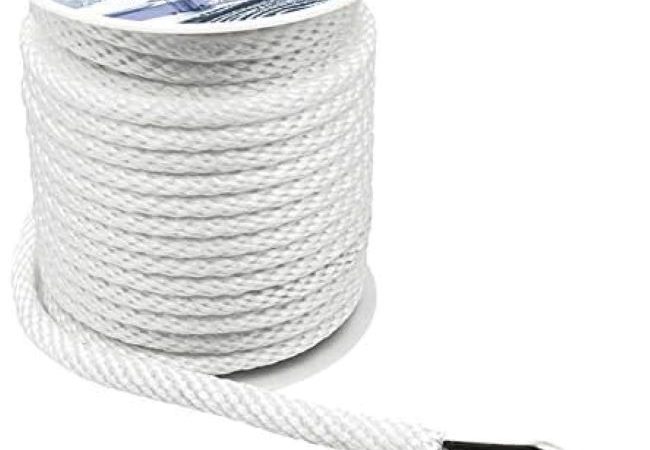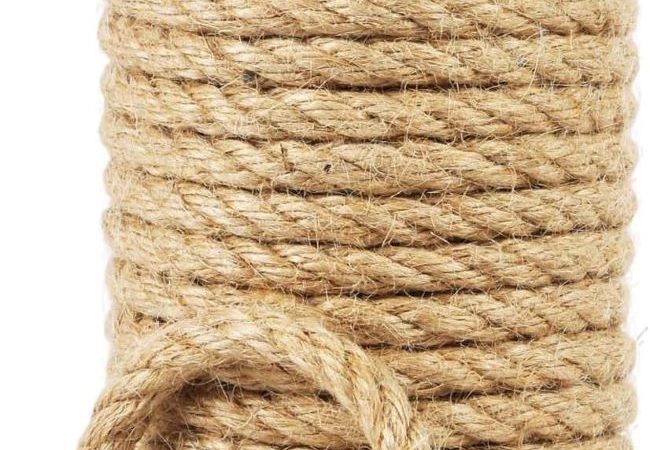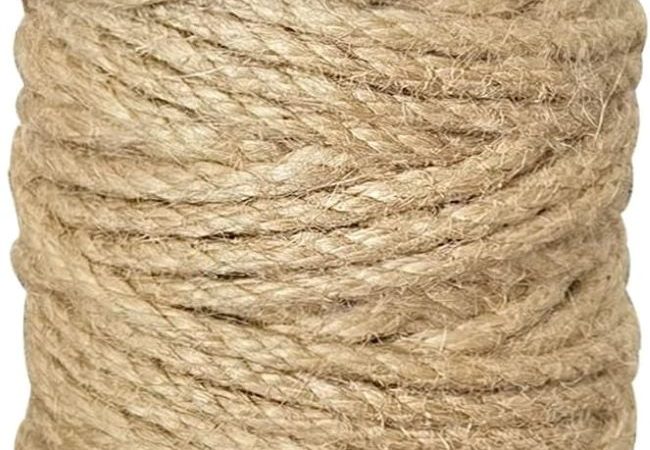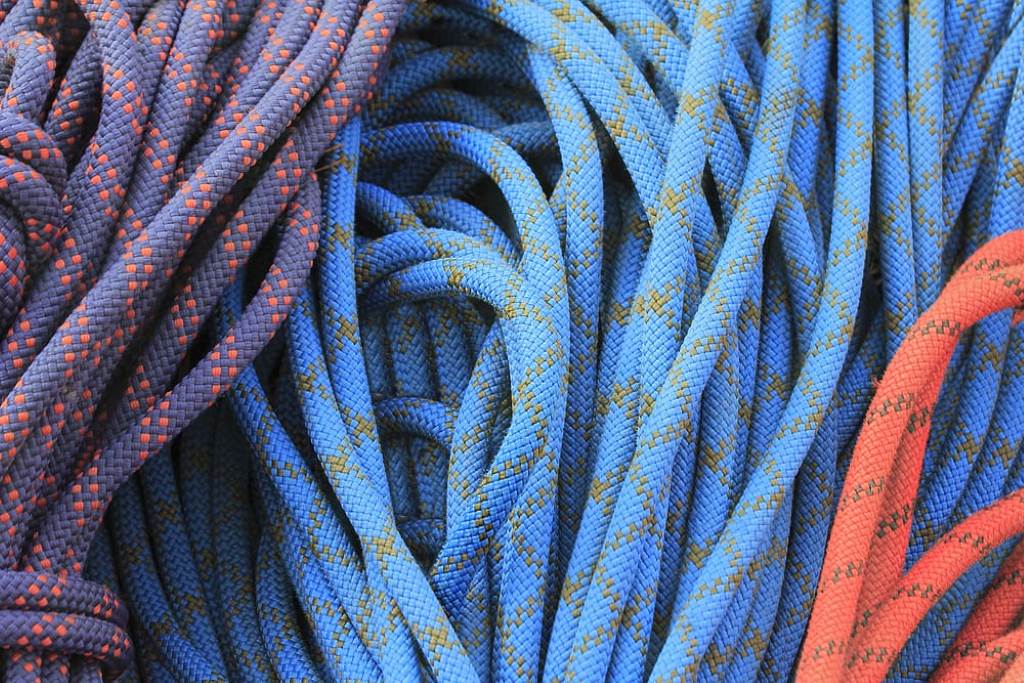
Nylon vs Polypropylene: Which Rope Should You Buy?
Choosing between nylon and polypropylene ropes can feel overwhelming, especially with so many options available. Whether you’re securing a boat, setting up a climbing rig, or tackling a DIY project, the right rope makes all the difference. The debate of nylon vs polypropylene hinges on strength, durability, and specific uses. This blog post breaks down their unique properties to help you decide. With practical insights and real-world examples, you’ll learn which rope suits your needs best. Let’s dive into the nylon vs polypropylene comparison to find your perfect match.
Contents at a Glance
ToggleUnderstanding Nylon Rope
Nylon rope is a synthetic fiber known for its incredible strength and elasticity. It’s a top choice for tasks requiring shock absorption, like towing or climbing. According to a 2023 study by the Cordage Institute, nylon ropes can stretch up to 30% under load without breaking, making them ideal for dynamic applications. Additionally, nylon resists abrasion, chemicals, and UV rays, ensuring long-term durability. However, it absorbs water, which can reduce strength by up to 10% when wet.
This water absorption makes nylon less suitable for marine environments where constant moisture is a factor. For instance, I once used a nylon rope for a backyard swing, only to find it sagging after a rainy week. Despite this, nylon’s flexibility and strength make it a go-to for many. Therefore, consider your project’s conditions before choosing nylon.
Key Features of Nylon Rope
- Strength: High tensile strength, perfect for heavy loads.
- Elasticity: Stretches significantly, absorbing shocks effectively.
- Durability: Resists abrasion and UV rays for long-lasting use.
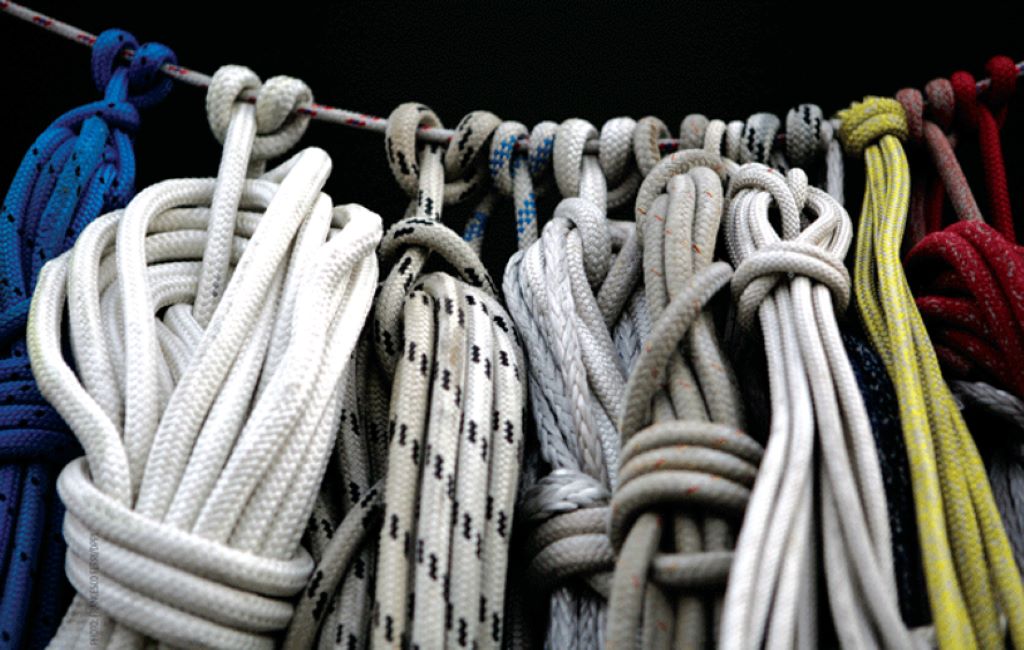
Exploring Polypropylene Rope
Polypropylene rope is another synthetic option, prized for its lightweight and buoyant nature. It floats on water, making it a favorite for marine applications like mooring or water rescue. A 2024 report from the American Rope Manufacturers Association notes that polypropylene ropes resist mildew and chemicals, ensuring performance in wet conditions. Moreover, they’re cost-effective, often 20-30% cheaper than nylon.
However, polypropylene has drawbacks. It’s less elastic, stretching only about 10% under load, and is prone to UV degradation over time. I learned this the hard way when a polypropylene rope I used for a pool barrier frayed after a summer of sun exposure. Therefore, while polypropylene excels in water-based tasks, it’s not ideal for long-term outdoor use. Consider your budget and environment when opting for this rope.
Key Features of Polypropylene Rope
- Buoyancy: Floats on water, ideal for marine tasks.
- Cost-Effective: More affordable than nylon, great for budget projects.
- Chemical Resistance: Resists mildew and most chemicals.
Comparing Strength and Durability
When comparing nylon vs polypropylene, strength and durability are critical factors. Nylon is stronger, with a tensile strength often exceeding 5,000 pounds for a 1/2-inch rope, compared to polypropylene’s 3,800 pounds, per the Cordage Institute. This makes nylon better for heavy-duty tasks like towing or lifting. Additionally, nylon’s abrasion resistance ensures it lasts longer under friction.
Polypropylene, however, shines in wet environments. Its low water absorption keeps strength consistent, unlike nylon, which weakens when soaked. Yet, polypropylene’s susceptibility to UV damage limits its lifespan outdoors. For example, I used both ropes for securing tarps; nylon held up better under strain, but polypropylene stayed intact during rain. Thus, choose nylon for strength and polypropylene for wet conditions.
Elasticity and Stretch
Elasticity is a major difference in the nylon vs polypropylene debate. Nylon’s ability to stretch up to 30% makes it ideal for absorbing sudden loads, such as in climbing or anchoring. This flexibility prevents snaps under pressure, enhancing safety. Conversely, polypropylene’s low stretch (around 10%) suits static applications like flagpoles or tie-downs, where minimal give is needed. Discover How Often Should You Replace Climbing Ropes.
However, nylon’s stretch can be a drawback in precise tasks, as it may elongate too much. Polypropylene’s rigidity ensures stability in such cases. I recall using nylon for a boat anchor, which stretched under waves, causing drift. Switching to polypropylene solved the issue. Therefore, assess whether your project needs flexibility or firmness before deciding.
Best Applications for Nylon Rope
Nylon rope excels in dynamic environments requiring shock absorption. Its high strength and elasticity make it perfect for climbing, towing, and anchoring. For instance, rock climbers rely on nylon’s stretch to cushion falls, while boaters use it for dock lines to handle wave surges. Additionally, nylon’s abrasion resistance suits pulley systems or winches.
Despite its strengths, nylon isn’t ideal for prolonged wet conditions due to water absorption. If you’re camping or setting up temporary structures, nylon works well, but store it dry to maintain performance. According to Rope Source, nylon ropes are favored in 60% of industrial lifting applications due to their reliability. Thus, nylon is your choice for high-stress, dry tasks.
Common Uses for Nylon Rope
- Climbing: Absorbs shock for safer ascents.
- Towing: Handles dynamic loads without breaking.
- Pulleys: Resists abrasion in mechanical systems.
Best Applications for Polypropylene Rope
Polypropylene rope is a star in water-related tasks. Its buoyancy and resistance to mildew make it ideal for marine applications like mooring, water skiing, or pool lane markers. Commercial fishermen often use polypropylene for crab and lobster lines, as it floats and resists rot. Moreover, its affordability suits temporary or budget-friendly projects.
However, polypropylene’s UV sensitivity limits its outdoor longevity. For short-term uses, like setting up a garden barrier, it’s excellent. I used polypropylene for a DIY rope ladder, appreciating its lightweight feel, but replaced it after a year due to fraying. Therefore, opt for polypropylene when water resistance and cost are priorities.
Common Uses for Polypropylene Rope
- Marine: Floats for easy retrieval in water.
- Rescue: Buoyant for lifesaving gear.
- Temporary Fencing: Affordable for short-term barriers.
Cost and Availability
Cost is a key consideration in nylon vs polypropylene. Polypropylene is generally cheaper, with prices ranging from $0.10 to $0.30 per foot for a 1/2-inch rope, compared to nylon’s $0.20 to $0.50, per Rope.com. This makes polypropylene attractive for large-scale or disposable projects. Additionally, both ropes are widely available at hardware stores or online.
Nylon’s higher cost reflects its superior strength and durability, offering better long-term value for heavy-duty tasks. Polypropylene’s affordability suits occasional use, but frequent replacements may offset savings. I bought polypropylene for a one-time event setup, saving money upfront, but invested in nylon for a permanent hammock. Thus, balance cost with your project’s lifespan.
Environmental Impact
Both nylon and polypropylene are petroleum-based, raising environmental concerns. However, proper care extends their lifespan, reducing waste. Polypropylene’s buoyancy can harm marine life if discarded improperly, while nylon’s durability makes it less likely to break down into microplastics quickly. Some manufacturers offer recycled options, which are worth exploring.
For eco-conscious buyers, consider natural fiber ropes like manila, though they’re less durable. I switched to recycled polypropylene for a beach cleanup project, feeling better about my choice. According to a 2025 study by the Environmental Rope Association, recycled synthetic ropes reduce carbon footprints by 15%. Therefore, prioritize sustainable options when possible.
Making Your Choice
Deciding between nylon vs polypropylene depends on your project’s needs. Nylon suits high-stress, dry applications like climbing or towing, thanks to its strength and elasticity. Polypropylene excels in wet, budget-friendly tasks like marine mooring or temporary fencing due to its buoyancy and affordability. Always inspect ropes for wear and store them properly to maximize lifespan.
Reflect on your priorities: strength, cost, or environment. For instance, I chose nylon for a treehouse build for its durability but used polypropylene for a pool float line. Both have unique strengths, so align your choice with your task.
Conclusion
The nylon vs polypropylene debate boils down to your specific needs. Nylon offers unmatched strength and elasticity for dynamic, dry tasks, while polypropylene’s buoyancy and affordability make it ideal for wet, budget-conscious projects. By understanding their properties, you can choose wisely. Whether you’re climbing, boating, or crafting, the right rope ensures safety and success. Share your rope experiences in the comments or spread this guide to help others decide. Let’s keep the nylon vs polypropylene conversation going!
FAQs
What is the main difference between nylon and polypropylene ropes?
Nylon is stronger and more elastic, ideal for dynamic tasks, while polypropylene is buoyant and cheaper, perfect for marine use.
Which rope is better for outdoor use?
Polyester often outperforms both for long-term outdoor use due to better UV resistance, but nylon is more durable than polypropylene.
Can polypropylene rope be used for climbing?
No, polypropylene lacks the strength and elasticity needed for safe climbing; nylon is the preferred choice.
How long do nylon and polypropylene ropes last?
With proper care, nylon can last 5-7 years, while polypropylene may need replacement after 2-3 years, especially outdoors.
Are there eco-friendly options for these ropes?
Yes, some manufacturers offer recycled nylon and polypropylene ropes, reducing environmental impact by about 15%.

